Behold is Slate’s brand-new photo blog. Like us on Facebook, and follow us on Twitter @beholdphotos and Tumblr. Learn what this space is all about here.
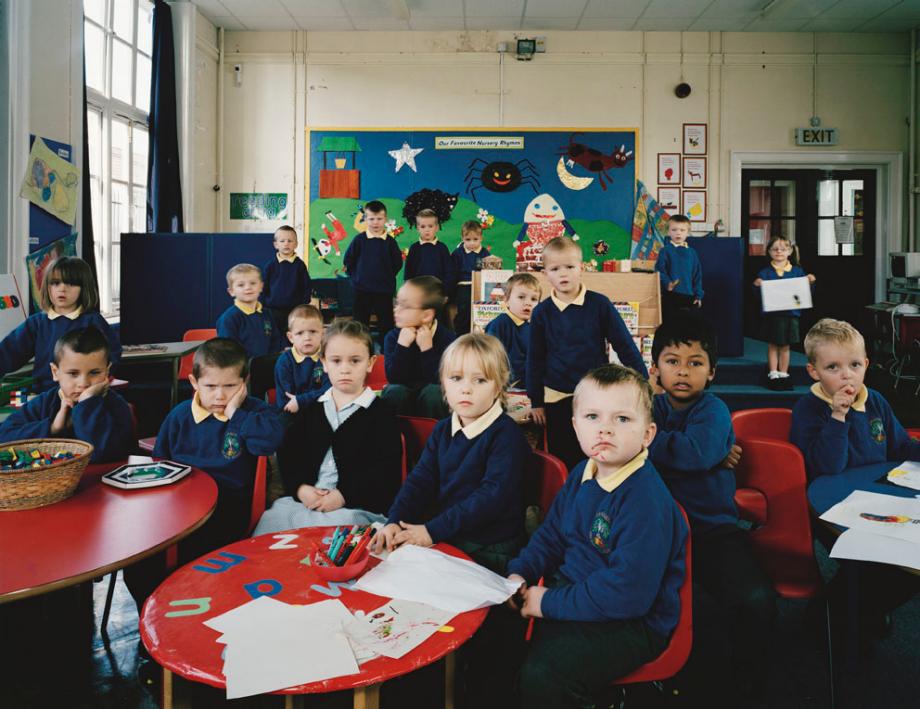
Julian Germain/Prestel. From classroom portraits 2004-2012, by Julian Germain with a foreword by Dr. Leonid Ilyushin. Published by Prestel ($60).
Photographer Julian Germain’s portraits of school classrooms make for an intriguing archive of what early 21st-century education looks like around the world. Germain’s classroom portraits 2004-2012, published earlier this year by Prestel, takes a close look at what connects and separates learning environments around the world.

Julian Germain/Prestel.
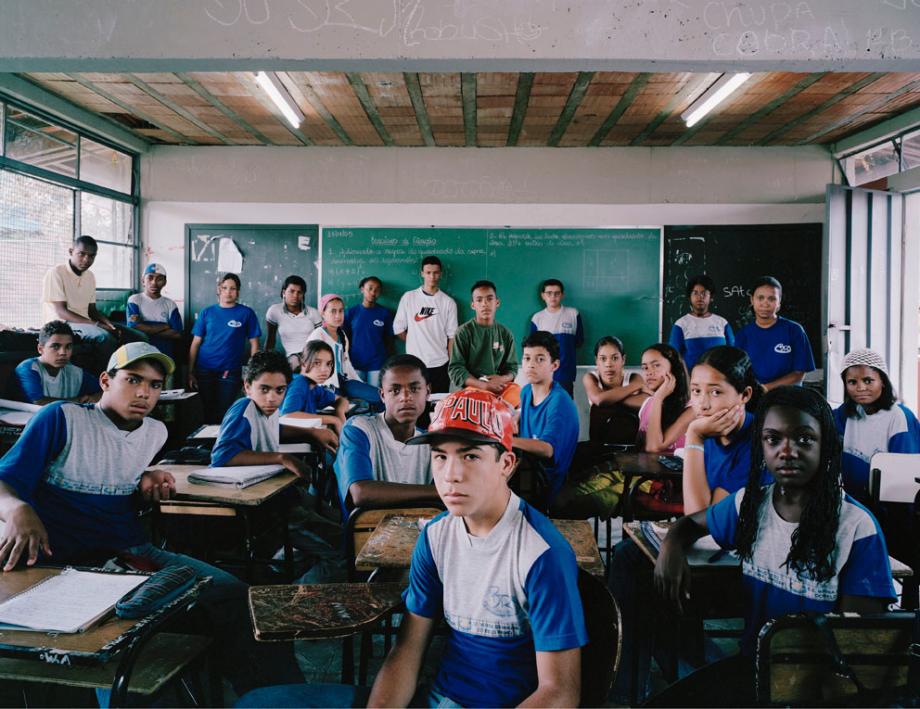
Julian Germain/Prestel.
Germain did not set out to create an archive of school classrooms but began this project after he first took his daughter to school in 2004. Via email, he writes: “Considering the importance of school, it seemed strange to me that the subject was so rarely dealt with as a theme in visual art. Accordingly, I began making these large format portraits of classes of schoolchildren in their classrooms.”
When different projects took him to Argentina and Brazil, he made classroom portraits on the side, and as travel increased, so did his body of work. Regardless of how the project began, Germain’s classroom portraits shows that in a very general sense, perhaps not much has changed since classroom-style education began more than 500 years ago.
For the most part, Germain had an easy time gaining access to schools, whether with the help of a parent or teacher or through a cultural, arts, or educational organization that had a link with the school. Asked via email if some regions were more difficult than others to get the necessary clearance, Germain replied:
Japan seemed complex … I got the feeling no one wanted to make a decision for anyone else. I remember a situation in a primary school where, for some reason, one child’s parents had not been contacted and the head teacher was extremely anxious about the possible negative implications of both including the child and excluding the child from the photograph. … Cuba was also a complicated country to work in as approval had to come from the upper echelons of the Ministry of Education. I was not allowed to give Cuban pupils questionnaires to fill in for the statistics element of the work. As a male photographer, I had no access to girls in some Middle Eastern countries.

Julian Germain/Prestel.
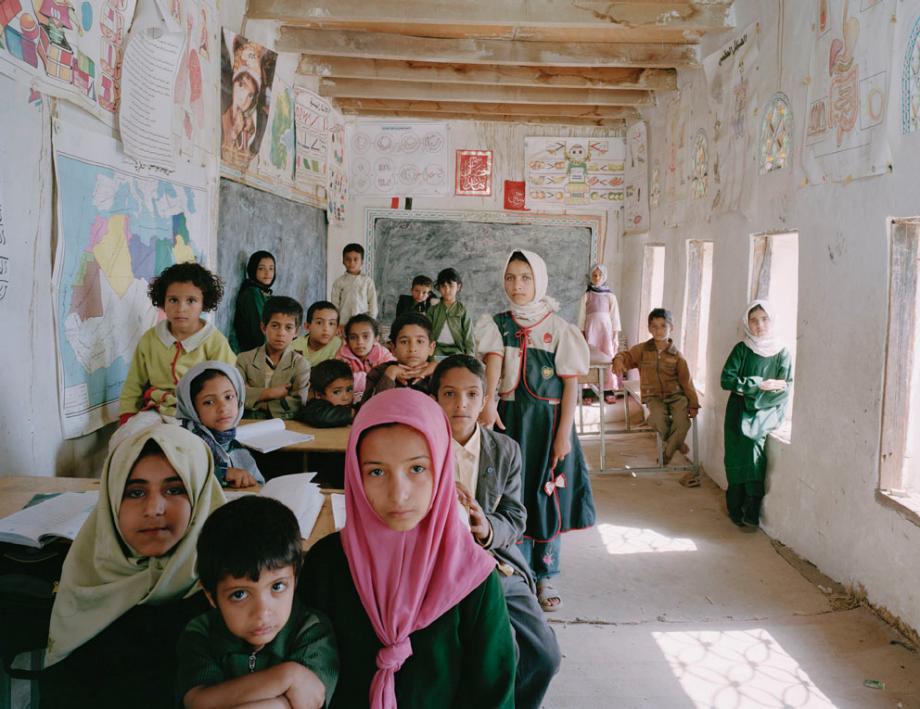
Julian Germain/Prestel.
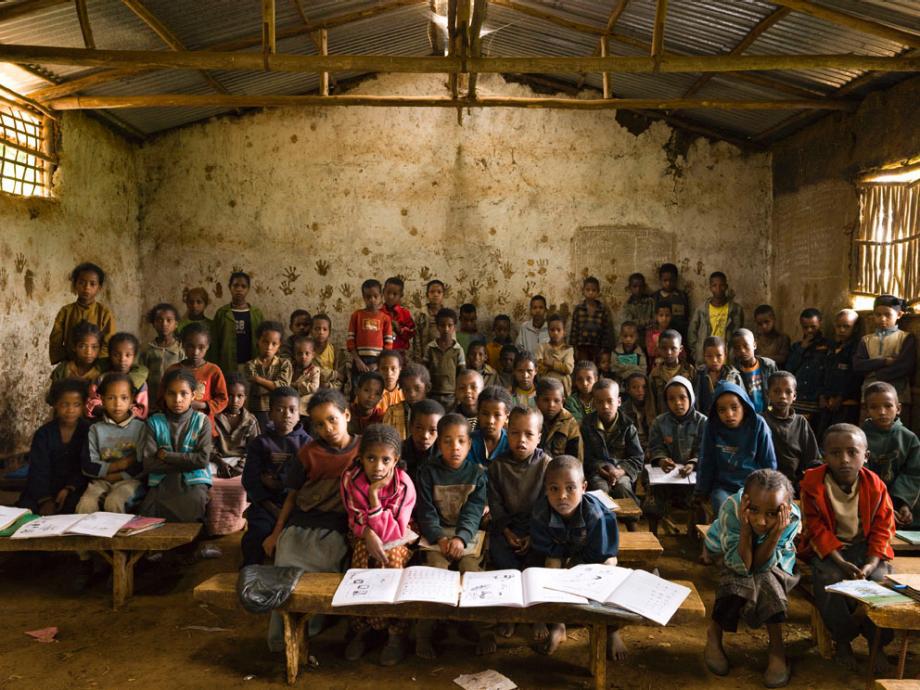
Julian Germain/Prestel.
Generally, most schools were happy to participate once they understood the project. About his process, Germain says:
In general I was there for a whole lesson. I am there at the beginning and very briefly introduce myself and the project, making sure they are happy to participate. I explain that the lesson has to continue as normal and that while they are learning I will be preparing my camera and lights for the portrait. I need the teaching to end 15 minutes before the end of the lesson … to choreograph and make the portrait. … I think they must get a sense that this is not a snapshot, that it’s something significant. I never tell them how to ‘be’ other than ready. I never break the school timetable. Nothing is arranged for me. I have one point of view and make 4 or 5 exposures.
When asked for a personal recollection from the project, Germain recalls meeting a boy, 11 or 12 years old, in Yemen who made an impression on him:
He was playing football with friends on a scrap of land and I interrupted the game to ask where the school was. He broke off the game and said he’d take me there. As we walked and talked through backstreets and narrow alleyways I asked him if he liked school. “Of course!!!” he said, as if it was the most stupid question he’d ever heard. His response was just so different from that of any child from a developed country where school is routine. It’s very simplistic, but in so many ways, we rich folk just don’t know how lucky we are, do we?
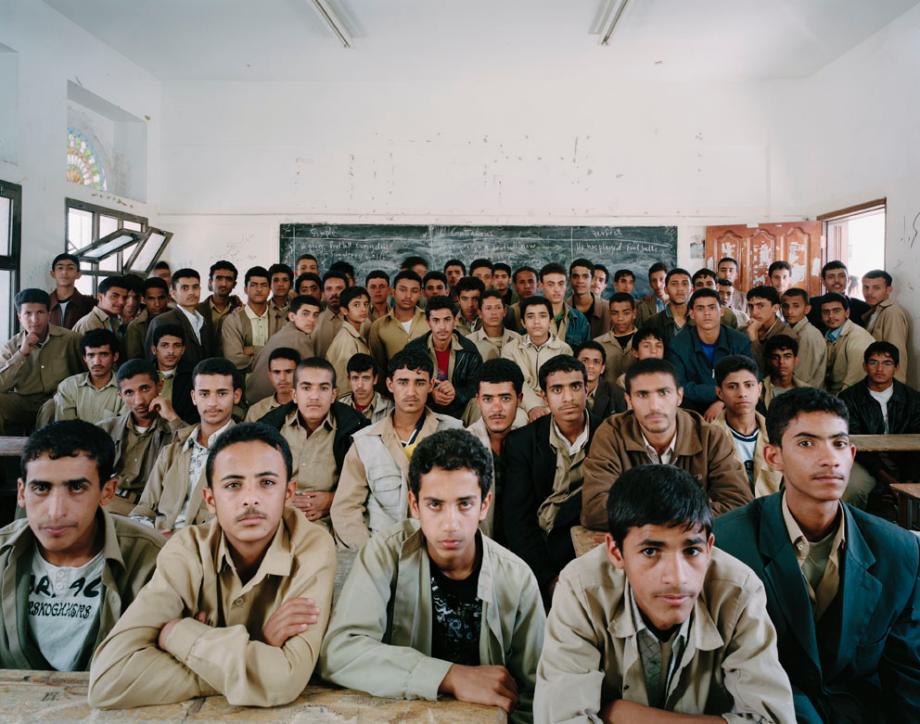
Julian Germain/Prestel.
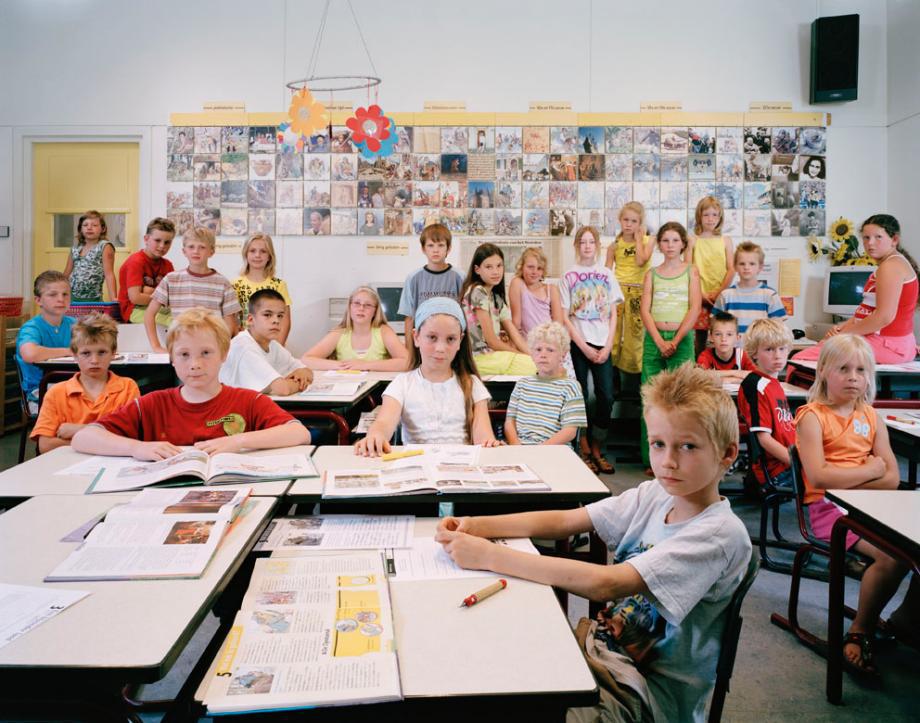
Julian Germain/Prestel.
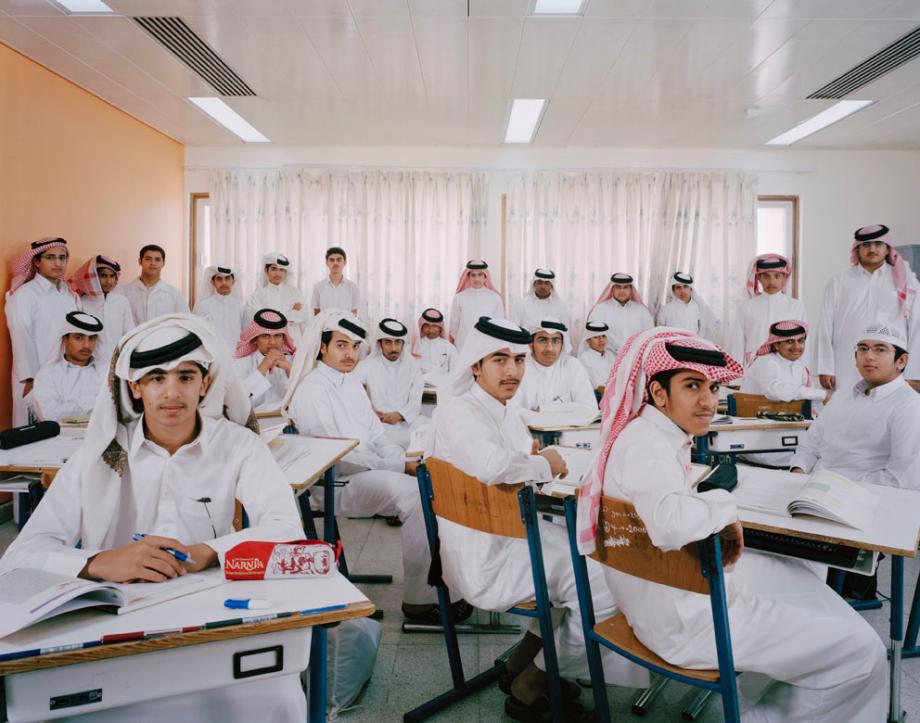
Julian Germain/Prestel.
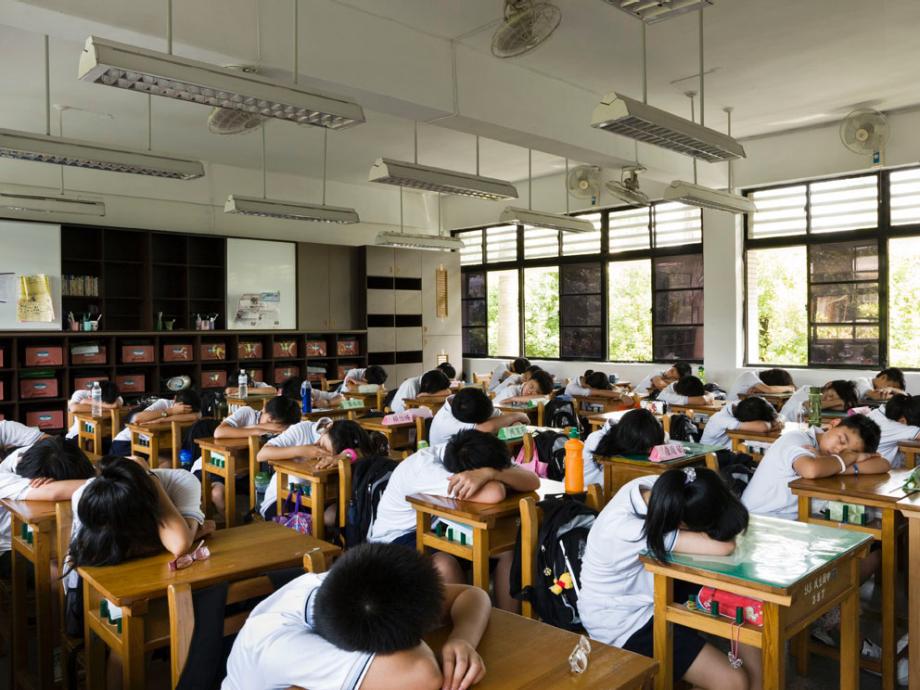
Julian Germain/Prestel.
All photographs © Julian Germain, 2012. From classroom portraits 2004-2012, by Julian Germain with a foreword by Dr. Leonid Ilyushin. Published by Prestel ($60).
More Photo Features You May Enjoy